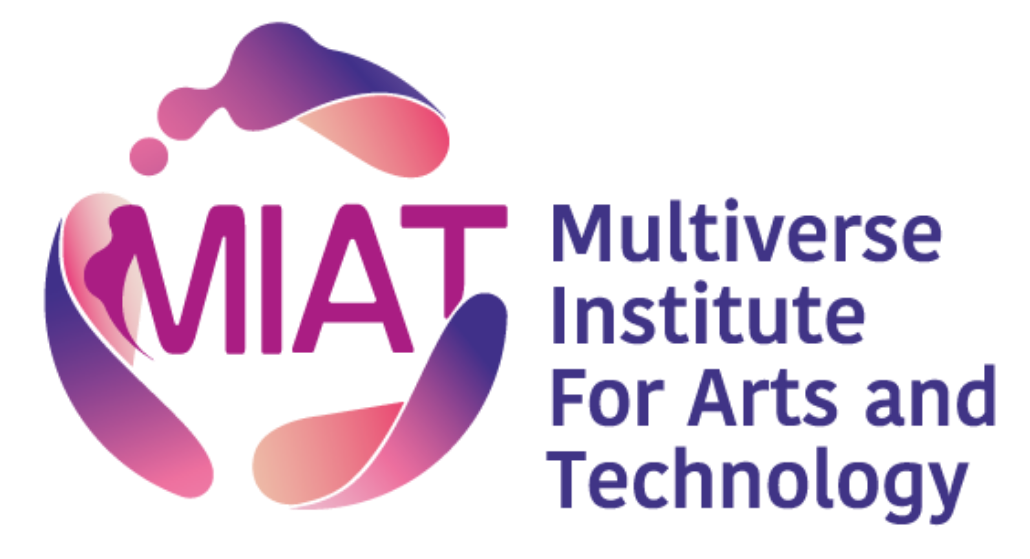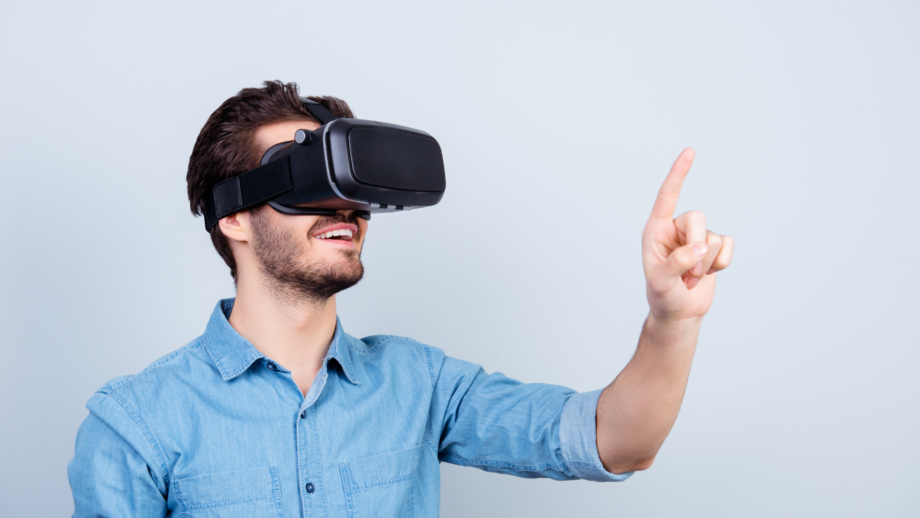Cutting-edge technologies aren’t new to the human resources or recruiting fields. Over the last few years, a variety of companies have been creating Virtual Reality experiences to aid their recruitment efforts.
Because of its rapid rise and wide adoption people are using VR technology at an exponential rate since it gives them new and exciting ways to achieve their goals. This is why organizations will continue to find new and interesting ways to implement this method of sourcing talent as it grows in popularity.
Given that a recruiter’s job can be difficult, VR recruitment is here to make things easier for both recruiters and job candidates in their path to becoming engaged employees.
But how VR experiences can help with recruiting?
First thing first, VR can become a pivotal employer branding tool. In fact, giving candidates a peek behind the curtain is a popular employment branding strategy that most companies are exploiting. The idea behind this is to entice potential employees by showing images and videos of the office space. In addition, some businesses can add a virtual tour of the offices and even include video testimonials from current or former employees.
However, all those actions can be taken to the next level to impress potential employees by allowing them to experience an interactive and personalised tour of a prospective employer’s workplace using a VR headset or a Google Cardboard.
Doing so, it can also be interesting to meet some of the employees to add value, as meeting the CEO and walking with him through the executive suite, while listening from him the company’s long-term objectives.
It is not hard to understand the potential of this VR practice seeing how this enhanced onboarding experience will allow brands to acquire a competitive advantage over the competitors. Furthermore, VR recruitment experiences will be useful especially for expanding the remote recruitment, since a fully immersive experience allows candidates to see and feel the office culture and picture themselves in the role without having to be physically present.
Following, while VR has long been used to train professionals such as surgeons, pilots, and soldiers, it has yet to be adapted for assessment purposes. Nowadays computers are used to administer the majority of cognitive and behavioral pre-employment tests. Technical tests, on the other hand, necessitate physical performance and movement on the part of the candidate. In some professions, advancements in VR recruitment technology may make it a useful tool for evaluations, testing candidates remotely. In a 4D virtual world, a candidate could practice simulated processes using VR equipment as for example for some manufacturing department in a factory.
Not just hard and practical skills can be tested and evaluated, but VR can also be used to test candidates’ decision-making in real-life scenarios. VR provides the candidates with situations that employees actually face during work to evaluate how the candidate makes decisions in stressful and confronting situations. This gives recruiters a better awareness of candidates who have the qualities and skill set they are looking for.
While VR hasn’t yet become popular among the general public, it’s only a matter of time before it does. Because of this, companies that are quick to adopt new technologies will both distinguish themselves as innovators and gain a competitive advantage since VR recruitment is a fascinating new tool that can make a company stand out from the crowd.


